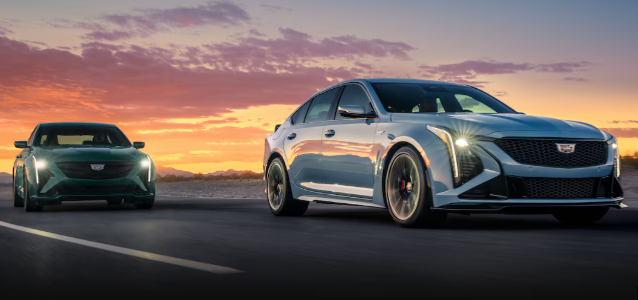Keep in mind is exactly how your car's stop/start system operates and when it’s necessary to override the controls
We’ve discussed automatic start/stop systems before, but recent heatwaves across Canada — after all, it’s summer — have pointed out some potential quirks in operational characteristics you should know about — quirks that can lead to disastrous results.
Just as reminder, automatic start/stop systems were introduced just a few years back. This feature will shut down an engine when it’s at idle under certain circumstances, most commonly when a car is idling at a traffic light or stop-and-go traffic. When a driver comes to a stop and all the electronic signals in the vehicle align, the engine will silently sputter to a stop, usually until the brake pedal is released. Then, a specially designed starter motor engages to permit a supposedly smooth take-off. As you might suspect, high-end luxury vehicles seem to do this better than mainstream ones, but this feature has been slow to gain total acceptance, regardless of any seamless action.
One of the biggest beefs from those in the anti-stop/start crowd is that this feature can’t be turned off permanently on most vehicles, requiring the push of a specific button every time the engine is started. Automakers say because the feature was included in fuel economy tests for various governments, they can’t legally offer a permanent defeat option for drivers. That said, this hasn’t stopped certain entrepreneurs from coming up with aftermarket solutions.
The latest kink in stop/start is some drivers experiencing delayed shut-downs, when they really meant to keep their ride idling while parked, so HVAC systems in extreme weather can still run. Reports have surfaced, suggesting certain drivers have exited a vehicle thinking the engine and HVAC system would remain active, only to have them shut down a few moments after closing the door. In extreme heat, with small children or pets left inside, you can imagine the possible tragic consequences.
While automatic stop/start systems all have the same goal — to reduce emissions and save fuel — their activation, displays and defeat controls vary widely between vehicles. Some deactivate automatically when the transmission is shifted to park, others when the driver’s door opens and that seatbelt is unlatched. Some will allow the engine to keep running to operate the HVAC system, if interior temperatures vary from preset levels. Some have very clear (and almost annoying) instrument panel warnings to let the driver know what state the system is in, while others are not quite as noticeable.
Some owners’ manuals will contain a warning that no vehicle should be left idling if the driver exits without a licenced operator inside, noting that children or pets may inadvertently cause it to move or may turn off a necessary HVAC control. The main thing to keep in mind is exactly how your vehicle’s stop/start system operates, when it’s necessary to override its controls, and the risk in leaving any living creature in the vehicle in extreme weather.









